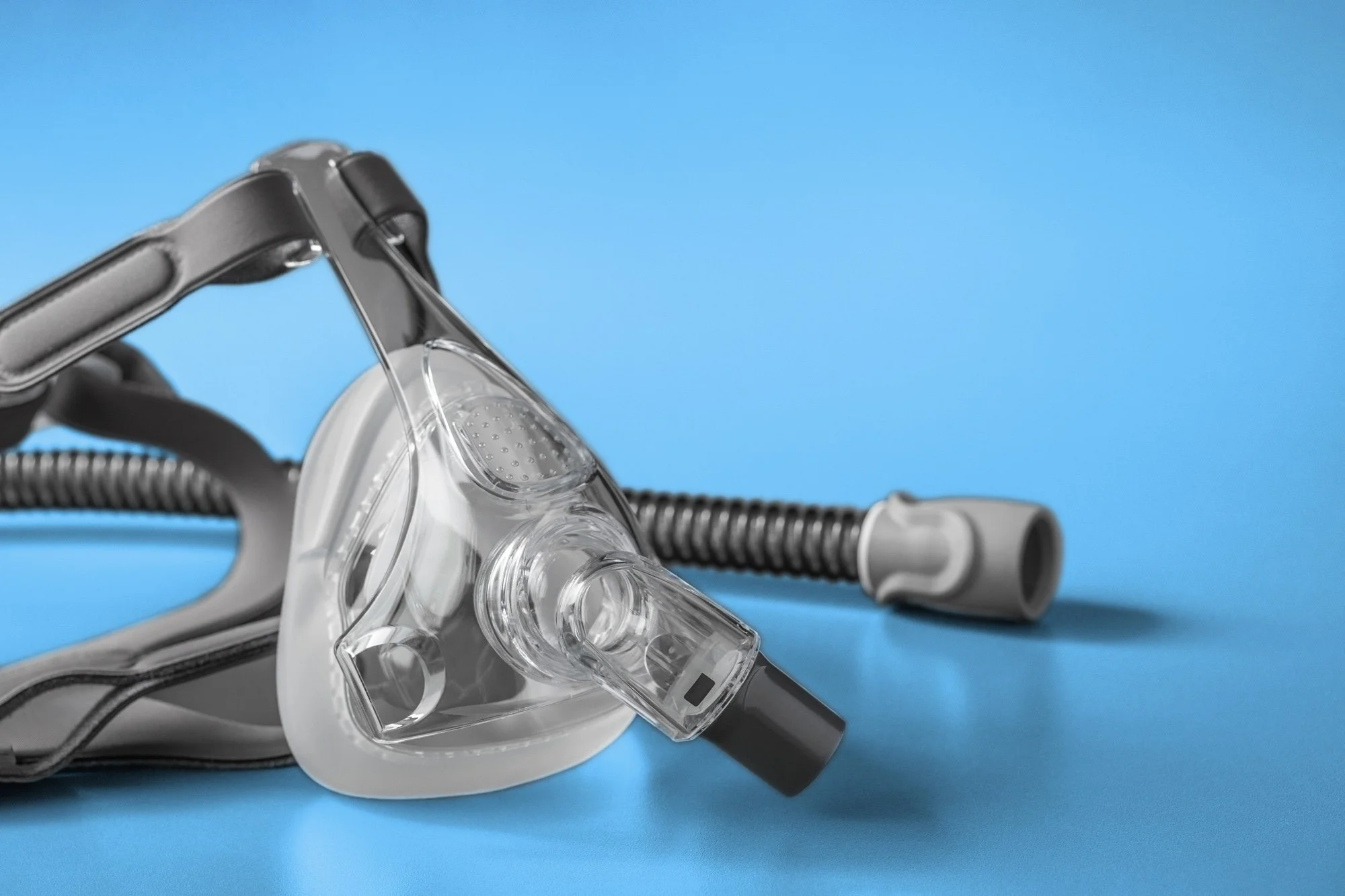For the over 22 million people who suffer from obstructive sleep apnea in the United States, using a CPAP machine provides a gateway to a better night’s sleep while reducing the risk of the chronic comorbidities associated with the disease. Adapting to CPAP use may seem daunting at first but reaping the health benefits from this treatment is dependent on…
Read MoreHeadaches are one of the most common pain conditions in the world. The Cleveland Clinic estimates that over 75% of the population experiences a headache at least once a year. Headaches that occur in the morning and are accompanied by dry mouth and daytime fatigue may be related to Obstructive Sleep Apnea…
Read MoreOSA is characterized by lapses in breathing during sleep and has serious comorbidities, including heart disease, high blood pressure, and diabetes. The good news for the 22 million Americans suffering from OSA is that successful treatment is available. Continuous Positive Airway Pressure therapy, more commonly known as CPAP, is a gateway to not only a better night’s sleep but better overall health.
Read MoreWe associate cardiovascular wellbeing with eating a heart-healthy diet and getting regular exercise, but new research shows that a good night’s sleep is also critical to maintaining overall cardiovascular health. Of the 92 million people who suffer from cardiovascular disease, 60% also suffer from sleep apnea.
Read MoreAs with many health conditions, sleep apnea has varying degrees of severity. We are now learning that the more severe the sleep apnea, the more serious the health risk. Recent studies reveal a cancer connection in the most severe sleep apnea cases, underlining the dangers of letting obstructive sleep apnea go untreated.
Read MoreAccording to the American Sleep Apnea Association, 25 million American adults (or 20% of the population) suffer from sleep apnea, yet 80% go undiagnosed. The journey from screening to diagnosis and treatment has been further complicated by inefficient and costly silos of care. Patients are often referred to nonaligned specialists, consultants, and labs which inhibit coordinated care, leading to higher costs and poor outcomes. The good news is…
Read MoreTo fully understand the relationship between obstructive sleep apnea (OSA) and hospital readmission rates, it is necessary to understand the serious comorbidities associated with this chronic health condition. Because OSA is characterized by repeated interruptions in breathing during sleep, untreated sleep apnea has been linked to serious cardiovascular illnesses, including high blood pressure, arrhythmia, stroke, and heart failure. These same cardiovascular comorbidities are among the most frequent causes of hospital readmissions.
Read MoreWhile few would argue the importance of good nutrition and physical activity for optimal health, sleep has often been misunderstood, leading to neglect and misinformation. The emerging field of sleep medicine has put a new spotlight on the importance of sleep with new insights that are debunking some of the most common sleep myths. Here are three of the most common sleep myths and their serious health consequences.
Read MoreWhile sleep apnea has been well-researched within the field of sleep medicine, its connection to the field of ophthalmology is still gaining traction. New studies reveal the association between sleep apnea and several eye disorders including glaucoma, Floppy Eyelid Syndrome and NAION.
Read MoreWhile both men and women suffer from Obstructive Sleep Apnea, men are diagnosed eight times more often than women and are twice as likely to have sleep apnea, according to sleepfoundation.org. The key differentiators in how sleep apnea presents in women versus men are best defined by their unique symptoms and even by how sleep apnea is defined. Research from the Johns Hopkins Hospital Sleep Disorders Center found that OSA symptoms in women are often not present at all or are very subtle.
Read MoreResearch supporting the connection between COVID-19 infection rates and obstructive sleep apnea has focused primarily on shared co-morbidities and medical risk factors. New research reveals that people who suffer from severe obstructive sleep apnea are at greater risk for contracting COVID-19.
Read MoreWhile comorbidities of obstructive sleep apnea have been well researched and documented, new mental health research reveals that depressive symptoms are highly prevalent in people with obstructive sleep apnea. According to Healthline, over 16 million people in the United States suffer from depression, and over 75 percent of people with depression have some form of sleep disorder.
Read MoreThe dynamics of the Philips Respironics recall (WSJ: Roland, D, 8/17/21) requires all sleep physicians to consider non-CPAP therapies for patients diagnosed with Obstructive Sleep Apnea (OSA). The timeline for Philips to rectify their situation due to foam degradation and its consequences is unknown. Currently, ResMed PAP related devices are on backlog. Additionally, many of the 3 million patients affected by this recall may be reluctant to try CPAP again or simply prefer alternative treatment.
Read MoreThe opioid epidemic in the United States has claimed the lives of over 500,000 people since 2000. But for those who depend on opioid use for long-term pain management, there is a new call for alarm. Recent research shows a concerning connection between opioid use and a variety of sleep-related breathing disorders, including obstructive sleep apnea.
Read MoreUnderstanding the link between obstructive sleep apnea and Alzheimer’s disease begins with understanding the role sleep plays in our cognitive health. Years of studies have confirmed that the brain, once thought to be passive during sleep, is actually very active and dependent on sleep to carry out important functions. Comparing the characteristics of obstructive sleep apnea and Alzheimer’s disease and their connection to impaired sleep further substantiates what researchers are continuing to discover; that there is a definite correlation between these diseases.
Read MoreRecently, Bill of the Month, a crowdsourced investigation of noteworthy medical bills, featured the story of Jose Mendoza, a 61-year-old truck driver who suffered from high blood pressure and obstructive sleep apnea. Mr. Mendoza was diagnosed with OSA 15 years earlier and prescribed a continuous positive airway (CPAP) device to help with his condition. But after about a month, Mr. Mendoza stopped using his equipment because he found it noisy and uncomfortable.
Read MoreThe escalating prevalence of sleep-related conditions such as sleep apnea, with its severe co-morbidities, has elevated sleep medicine to greater significance as an emergent medical practice area. BetterNight offers a complimentary end-to-end sleep care management solution that alleviates the financial and operational burden, helping health systems reach their business goals.
Read MoreThe American Association of Sleep Medicine estimates that untreated sleep apnea costs $30 billion annually in increased healthcare utilization and medical costs associated with these comorbidities. Treating Obstructive Sleep Apnea not only improves health but also reduces the economic burden put on our healthcare system.
Read More

















